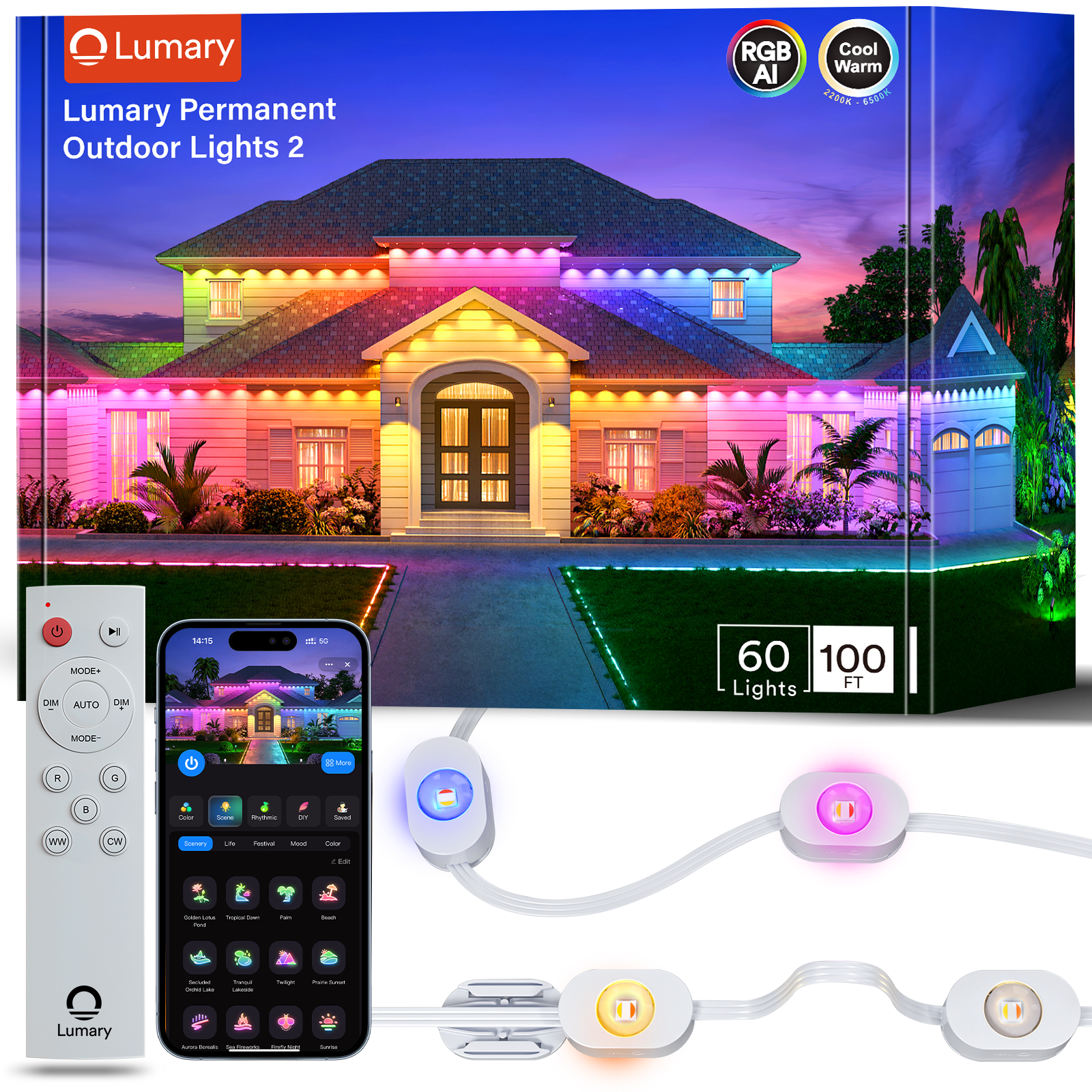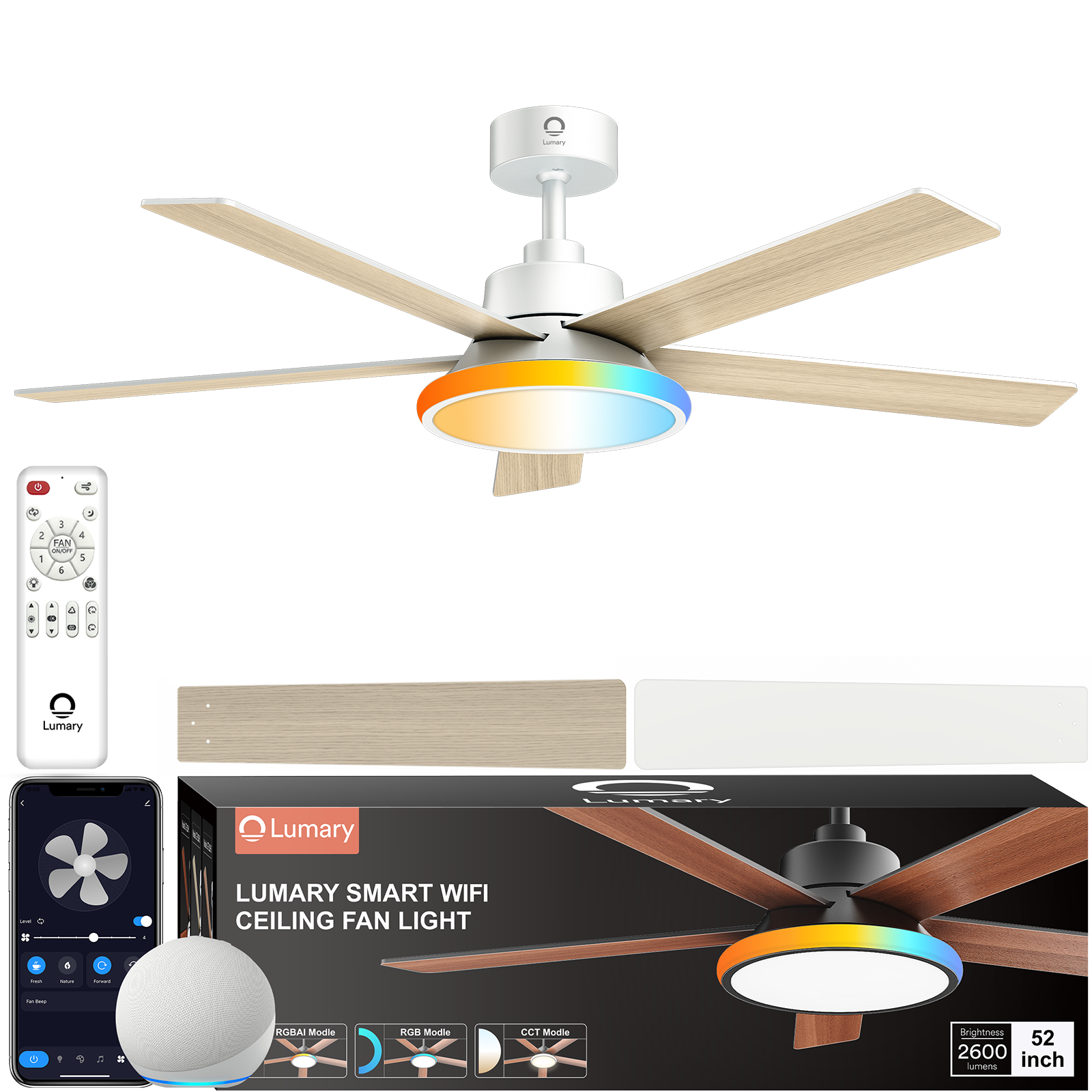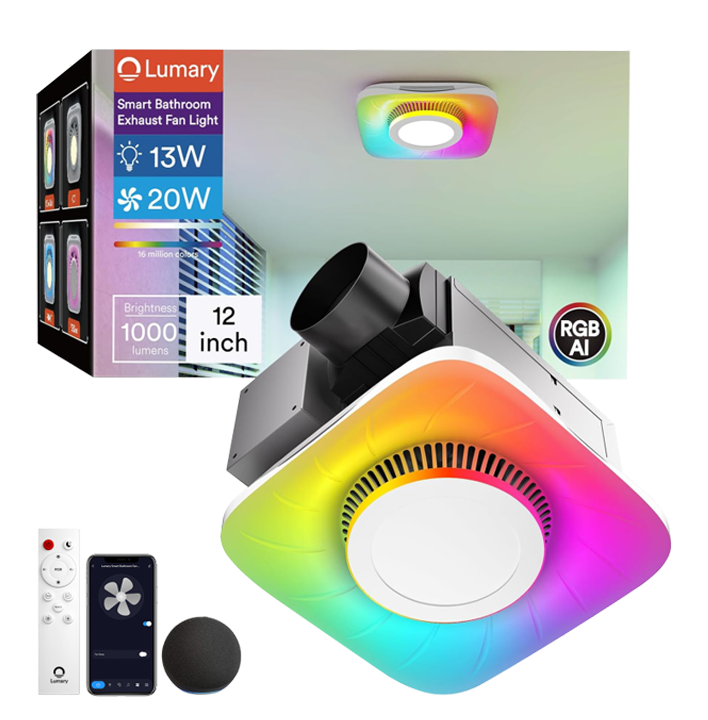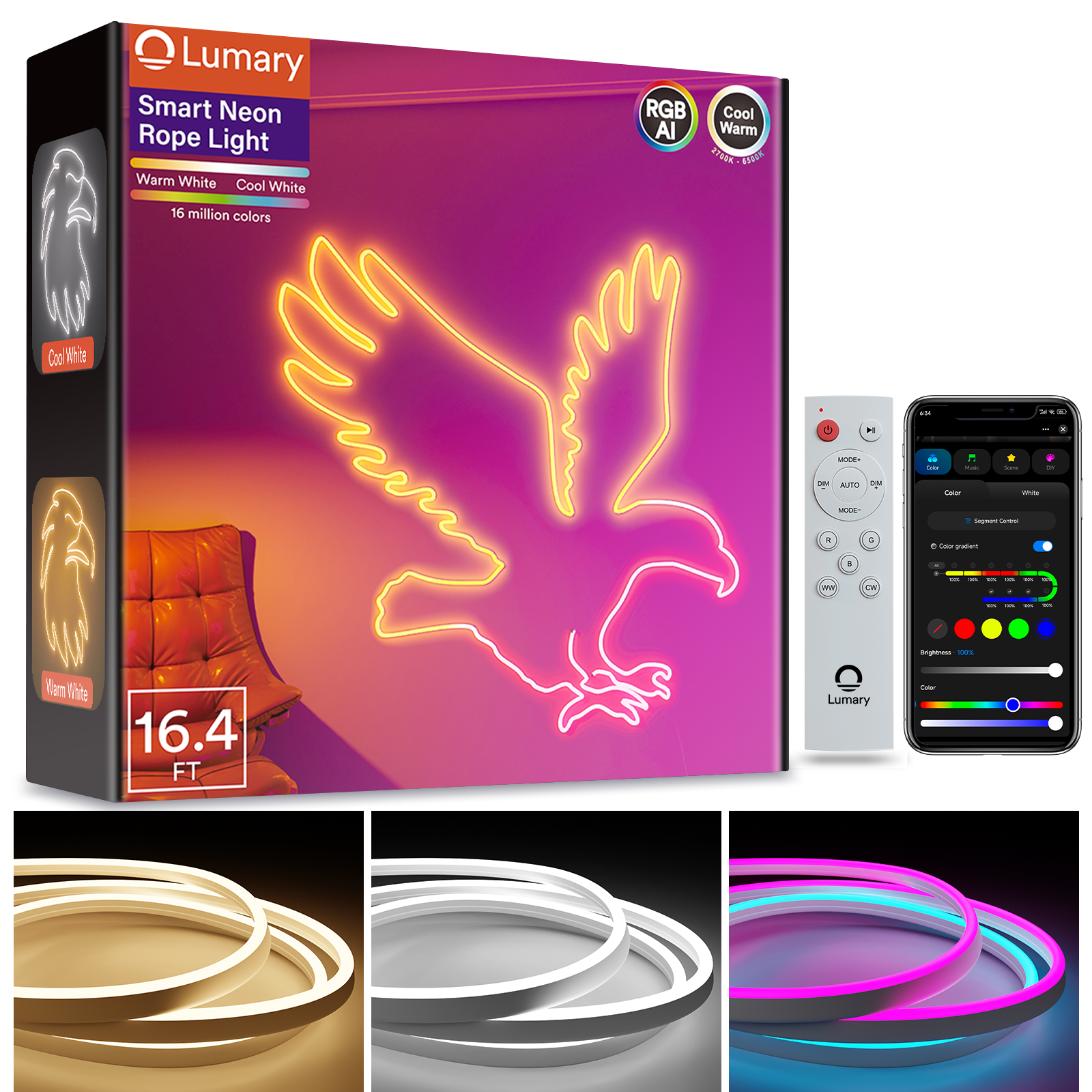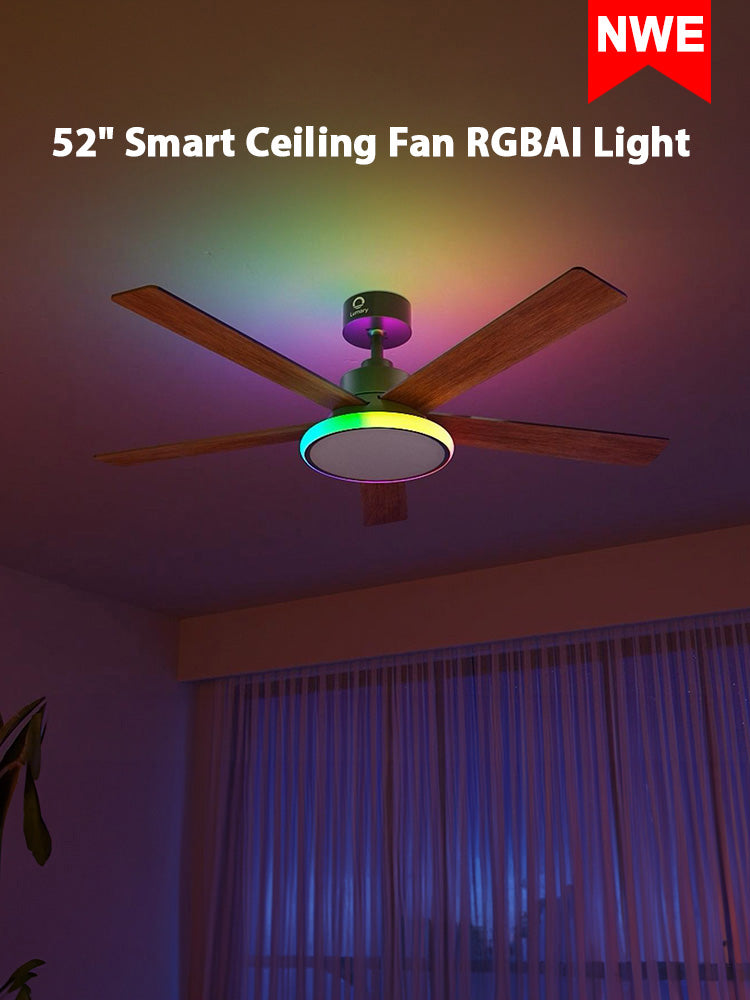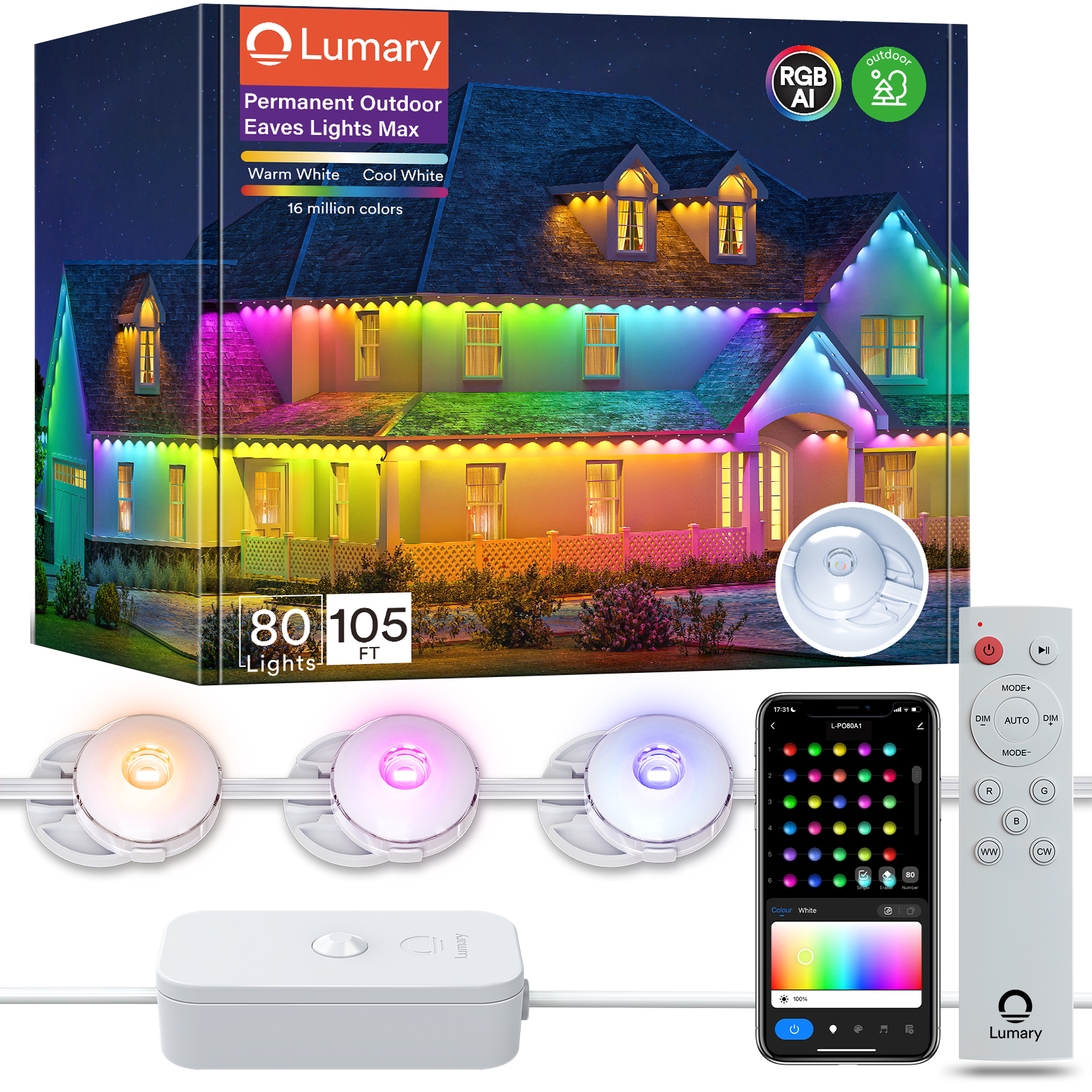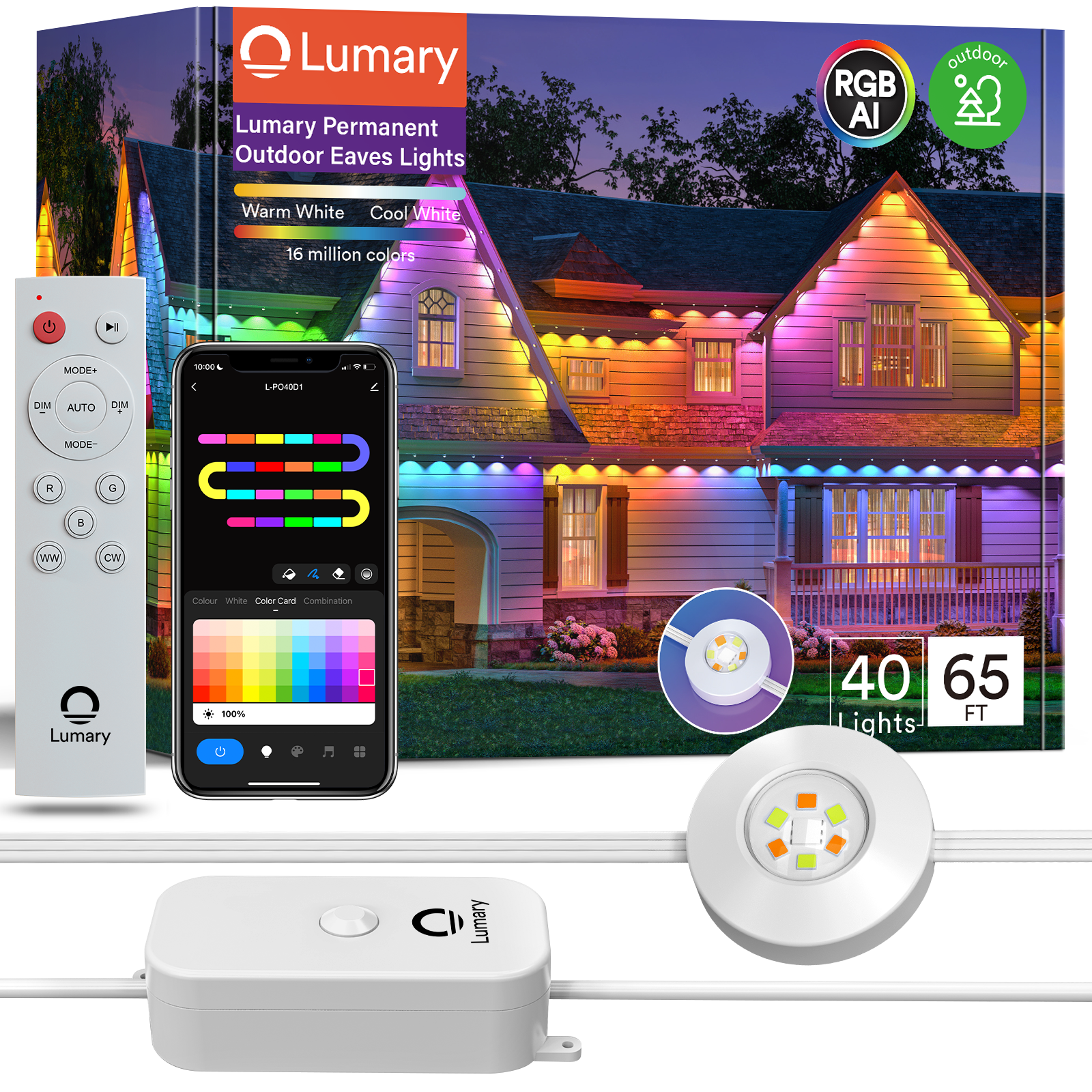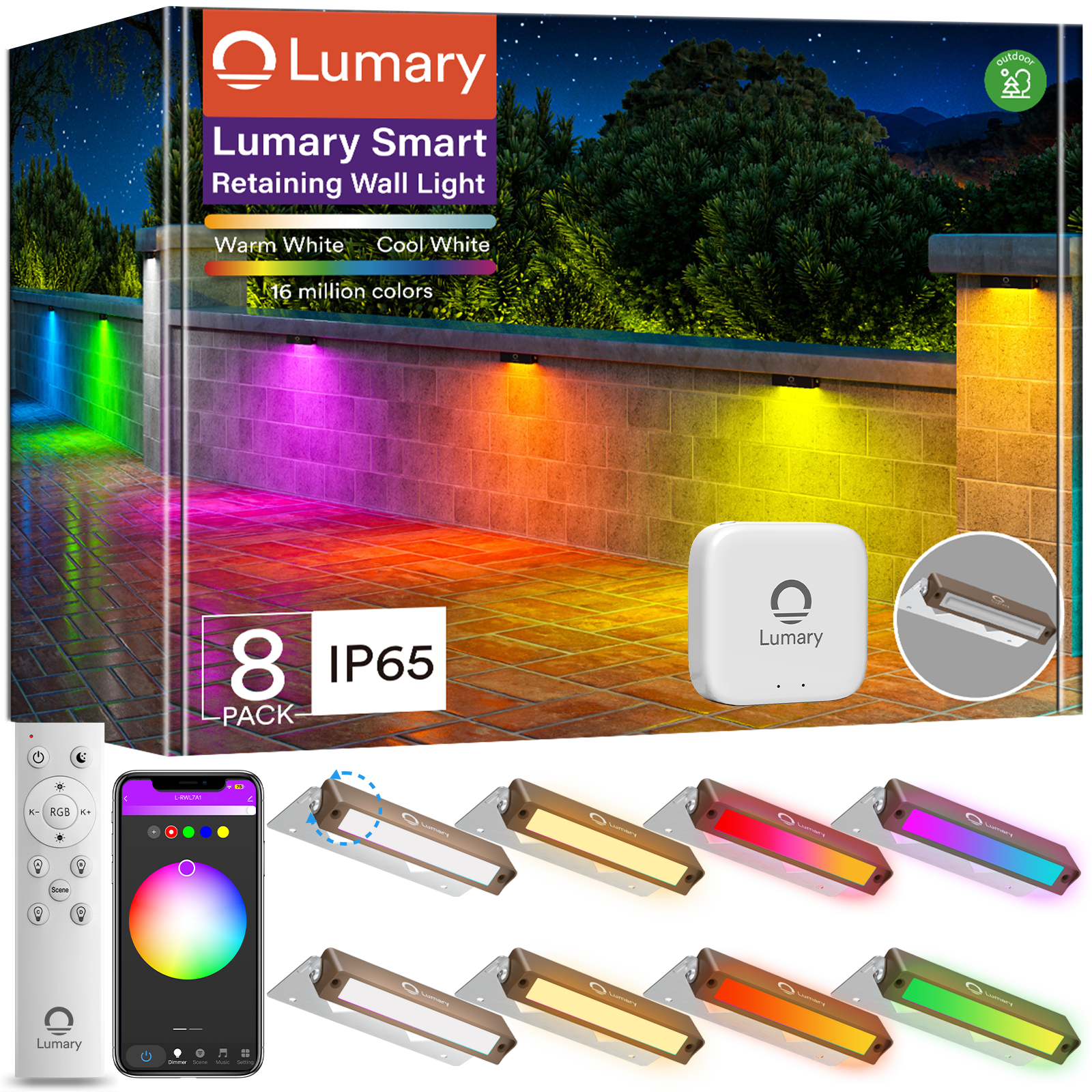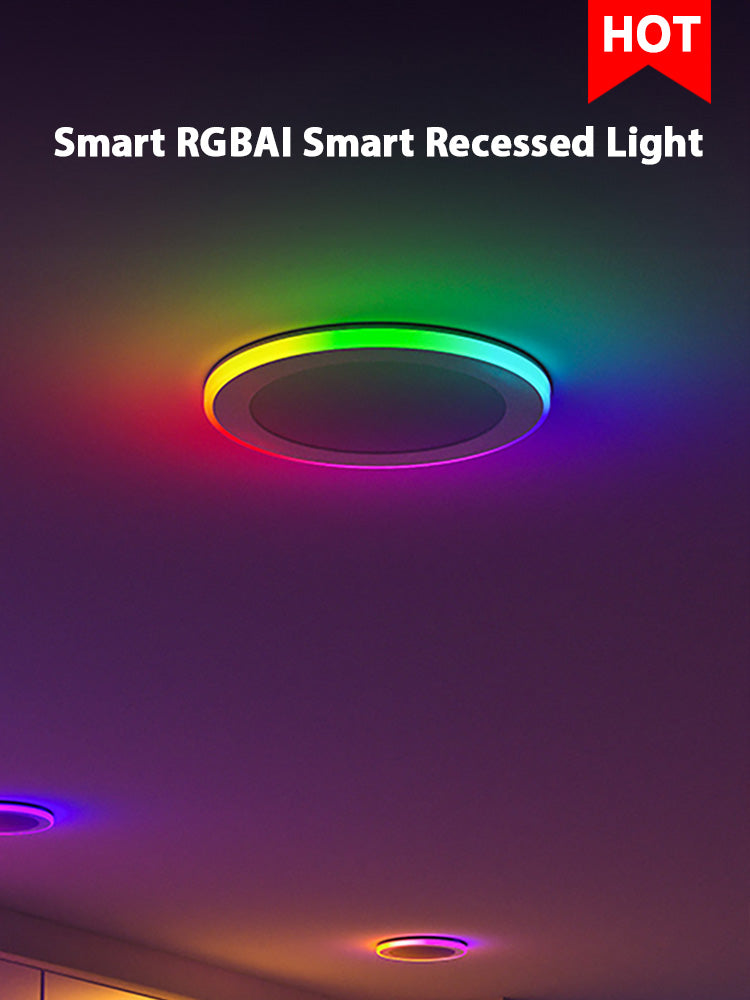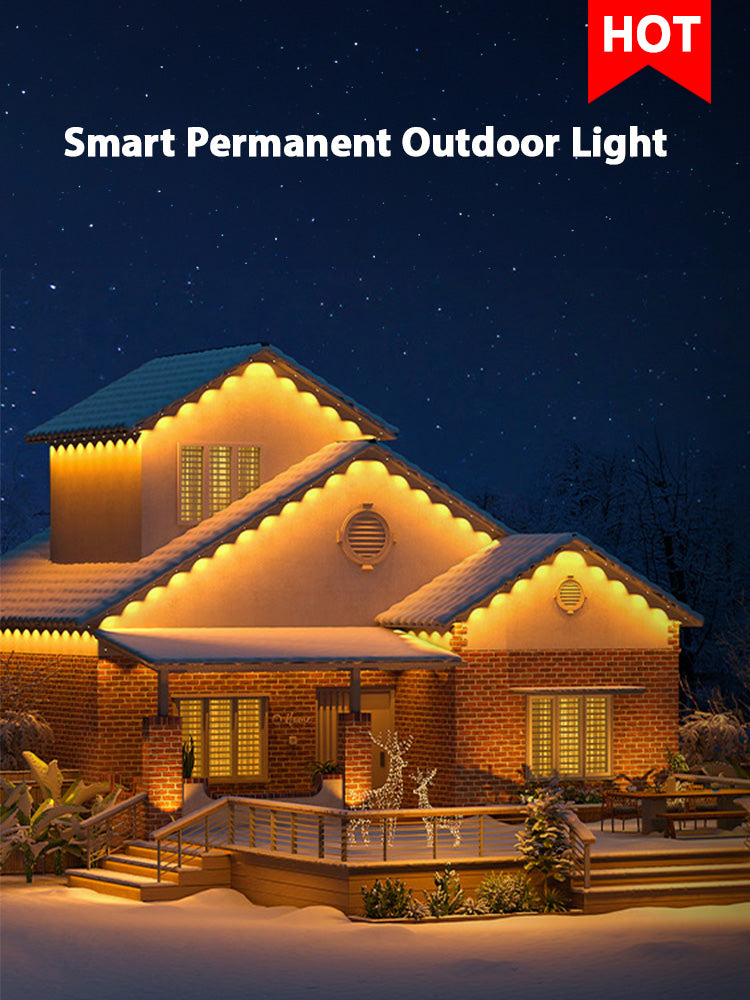Have you ever wanted your outdoor lights to turn on by themselves when you get home or dim as it gets late? That’s the cool part of smart outdoor lighting. These systems use tools like motion sensors, timers, and phone apps to let you control your lights. You can change how bright they are, pick colors, or set schedules—all from your phone.
Smart outdoor lighting isn’t just handy; it helps keep you safe too. It removes dark spots near doors, lights up your yard, and works with cameras for clear views. It can also turn on quickly if it senses movement, making your home safer. Plus, it adjusts to sunlight, saving energy while keeping things bright.
And don’t forget how nice it looks! Whether you’re having a barbecue or relaxing outside, smart lights can create the right vibe. You can show off your garden, make cool effects, or match the lights to music. It’s like having your own light artist!

Understanding Smart Outdoor Lighting Basics
Starting with smart garden lighting can seem tricky at first. But don’t stress—learning the main parts, terms, and safety tips makes it easier.
Key components of smart outdoor lighting systems
Smart lighting systems need several important parts to work well. Here’s a simple list of what they include:
|
Component |
Description |
|---|---|
|
Cloud/network infrastructure |
Keeps smart lights connected, letting you control them remotely. |
|
Energy manager |
Tracks power use, shows costs or savings, and improves efficiency. |
|
Smart lighting gateway |
Collects data from devices and sends it to a central system. |
|
Communication protocol |
Sets rules for how devices share information, like Wi-Fi or Ethernet. |
|
Smart lighting controllers |
Sends signals to control how smart lights work. |
|
Smart lighting fixtures |
LED lights with sensors that adjust settings from afar. |
|
Smart sensors |
Detects movement or changes and updates the system instantly. |
|
Real-time location system (RTLS) |
Tracks people or items live, viewable through apps or computers. |
These parts work together to make lighting smart, easy, and efficient. Whether lighting up a patio or garden, they ensure everything works smoothly.
Common terms and concepts explained
Before starting your own lighting project, it helps to know some terms. Here are a few you’ll see often:
-
Controls alone do not make a lighting system 'smart': Smart systems combine devices with lights for better control.
-
Standardization will stimulate adoption: Making parts compatible helps more people use smart lighting.
-
Customers need quantifiable benefits to approve smart lighting: Saving energy and money makes these systems appealing.
-
Return on investment depends on multiple factors: Lower energy costs and rebates can make smart lighting cheaper.
For example, smart streetlights use sensors to change brightness when people move nearby. They also track weather and traffic, helping cities plan better. These features save energy and make lighting more useful.
Safety tips for outdoor lighting setups
Safety is key when setting up outdoor lights. Follow these tips to stay safe:
-
Use weatherproof fixtures: Pick lights that can handle rain, snow, and heat.
-
Check your wiring: Use outdoor-rated wires and make sure they’re insulated.
-
Avoid overloading circuits: Calculate power needs to stop electrical problems.
-
Position lights carefully: Place lights to avoid glare or blind spots near paths.
-
Secure your setup: Use screws or mounts to protect lights from theft or damage.
Good outdoor lighting doesn’t just look nice—it keeps you safe too. Bright areas lower accident risks and scare off intruders. Studies show 81% of people feel safer with smart lighting, and energy savings can reach 70%. By following these tips, you’ll have a system that’s safe and stylish.

Planning Your Smart Garden Lighting System
Planning your smart garden lighting is like designing a cool project. You’ll need to plan your space, pick light spots, and check power needs. Let’s go step by step.
Mapping outdoor spaces and focal points
First, divide your yard into different zones. Focus on these three areas:
-
Primary zones: These are paths, doorways, and seating spots.
-
Feature zones: Highlight trees, fountains, or special structures.
-
Safety zones: Light up stairs, uneven paths, or tricky areas.
Take pictures of your yard during the day and night. Measure spaces and find power outlets. Think about how seasons, like falling leaves or blooming flowers, might change your setup. If you like tech, try AI tools to study your photos. These tools can suggest great lighting ideas for your yard.
Choosing areas to illuminate effectively
Not every part of your yard needs lights. Focus on spots that improve safety and look nice. For example, lighting a path makes walking at night safer. Shining a light on a tree or fountain adds charm to your yard.
Studies show good lighting makes people feel safer in their neighborhoods. It also makes outdoor spaces prettier by showing off textures, colors, and shapes. Smart light placement can make your yard look amazing.
Think about the mood you want your lights to create. Do you want a calm vibe for quiet nights or bright lights for fun parties? Your choices will set the tone for your yard.
Calculating power needs and energy efficiency
After mapping zones and picking light spots, figure out power needs. Use this easy formula to check energy use:Energy Use (kWh) = (Light Wattage x Number of Lights x Hours Used) / 1000
For example, ten 100-watt lights used for 8 hours equals 8 kWh. This helps you plan costs and pick energy-saving lights.
To get the right brightness, try this formula:E = (N × F × UF × MF) / A
Here, E is brightness in lux, N is the number of lights, F is light output, UF is usage factor, MF is maintenance factor, and A is the area size.
By planning well, you’ll have a setup that’s pretty and efficient. Plus, it’ll save you money over time!
Installation Guide for Smart Outdoor Lighting
Setting up smart outdoor lighting might look hard, but it’s not. Follow these steps to install your system, set up fixtures, and add automation.
Setting up the smart hub or controller
The smart hub is like the brain of your lighting system. It connects all your lights and lets you control them with apps. Here’s how to set it up:
-
Pick a good spot: Place the hub where it can reach all lights. Avoid areas with weak Wi-Fi.
-
Plug it in: Connect the hub to a steady power source. If it uses batteries, make sure they’re charged.
-
Connect to Wi-Fi: Follow the guide to link the hub to your home network. Most hubs have simple instructions.
-
Check the connection: Use the app to see if the hub works with your lights.
💡 Tip: A well-placed hub makes your system work better. Studies show 80% of smart lighting systems run smoothly with good hub placement.
Installing and connecting smart fixtures
Now it’s time to put up your outdoor lights. Whether they’re solar-powered or wired, follow these steps to do it right:
-
Get everything ready: Lay out all lights, cables, and parts. Make sure they match your power setup.
-
Plan cable paths: Secure cables along walls or paths to avoid damage. For landscape lights, bury cables to keep them safe.
-
Call an expert for wiring: If your system needs hardwiring, hire a licensed electrician for safety.
-
Test lights first: For low-voltage systems, check each light to make sure it works.
-
Place solar panels wisely: Put panels where they’ll get the most sunlight.
-
Use waterproof parts: Seal connections to protect them from rain or snow.
-
Install lights at the right height: In snowy areas, place lights above where snow piles up.
🚧 Note: Check your electrical connections often to avoid flickering or outages. Use a voltage tester to ensure everything works. If there’s a problem, call a professional to stay safe.
Customizing settings and automation features
After installing your lights, it’s time to make them smart. Customizing settings lets you enjoy all the cool features.
-
Set timers: Use apps to turn lights on at sunset or off when you leave. This saves energy and makes life easier.
-
Change brightness and colors: Adjust lights to match your mood or event.
-
Turn on motion sensors: Set sensors to light up when they detect movement. This boosts security and saves power.
-
Connect with other devices: Pair lights with cameras or alarms for full automation.
-
Control from anywhere: Use apps to manage your lights even when you’re not home.
🌟 Fun Fact: Homes with smart lighting are less likely to be targeted by burglars. Timers also help save energy by syncing lights with your daily routine.
By customizing your system, you’ll get the most out of your smart lights. Whether you’re hosting friends or relaxing outside, your lights will create the perfect atmosphere.
Selecting the Best Fixtures for Outdoor Landscape Lighting
Picking smart lighting fixtures can seem confusing with so many choices. Don’t worry—this guide will help you find the best ones for your yard.
Types of smart outdoor lighting fixtures
Outdoor lights come in different types for various uses. Here are some common ones:
-
Security Lights: Bright lights that keep your home safe. Many have motion sensors and smart bulbs for easy control.
-
Decorative Lights: These make your yard look beautiful. You can change their color to match your mood.
-
Pathway Lights: Light up paths and driveways for safer walking. Solar-powered ones are simple to set up and save energy.
-
Spotlights and Floodlights: Shine on trees, statues, or walls. They focus light on specific areas to highlight features.
-
Wall Wash Lights: Spread soft light along walls for a cozy feel.
Each type has its own job, like safety, style, or ease of use. Smart bulbs let you adjust brightness, colors, and schedules, making your yard both useful and pretty.
Beam patterns, brightness, and placement tips
Choosing the right beam and brightness can change how your yard looks. Here’s a quick guide:
|
Beam Type |
Description |
Best Use |
|---|---|---|
|
Type I |
Long, narrow beam |
Paths, sidewalks |
|
Type II |
Wider beam |
Alleys, small roads |
|
Type III |
Rectangle-shaped beam |
Driveways, parking lots |
|
Type IV |
Half-circle beam |
Outdoor spaces, small lots |
|
Type V |
Round beam |
Open areas, intersections |
To get great results:
-
Adjust light height to control brightness and spread.
-
Space lights evenly for balanced coverage.
-
Use a light meter to check brightness and placement.
For example, spotlights with strong beams work well for accents. Wall wash lights give walls a soft, even glow. Think about your yard’s size and the mood you want to create.
Budget-friendly options for beginners
Starting with outdoor lighting doesn’t need to cost a lot. Here are some affordable ideas:
-
Solar-Powered Pathway Lights: Cheap and simple to install. They charge during the day and light up at night.
-
LED Landscape Lighting Kits: These kits include several lights and save energy. LEDs last longer and use less power.
-
Smart Bulbs for Existing Fixtures: Replace regular bulbs with smart ones to upgrade your current lights. It’s an easy way to add smart features.
-
DIY Low-Voltage Systems: Safe and easy for beginners to set up. Great for small gardens or patios.
Start small and add more lights as you learn. These budget-friendly options let you enjoy smart lighting without spending too much.
Troubleshooting Smart Lighting Issues
Even the best smart lighting setups can have problems. Don’t stress—most issues are simple to fix. Here’s how to handle common problems.
Fixing connection issues
If your lights disconnect often, it might be a Wi-Fi problem. Check if your lights are close enough to the router. Walls or furniture can block signals. Moving the router or using a Wi-Fi extender can help.
Also, make sure your bulbs and hub have updated software. Old firmware can cause errors. Look for updates in the app that controls your lights.
If remote access isn’t working, check your app settings to see if it’s turned on. Your router’s firewall might also block connections. Restarting your router and devices can fix many issues.
-
Quick tips for fixing connections:
-
Keep bulbs near the Wi-Fi router.
-
Update software often.
-
Restart devices and router.
-
Solving control problems
If your app or remote stops working, don’t worry. First, close the app and reopen it. If that doesn’t help, restart your phone or tablet.
Sometimes, outdated apps cause problems. Check for updates in your app store. If the issue continues, uninstall and reinstall the app.
To make the app faster, clear its cache or reduce image sizes. These small fixes can improve performance.
-
Tips for fixing controls:
-
Restart the app or device.
-
Update or reinstall the app.
-
Clear cache for smoother use.
-
Fixing uneven lighting
Uneven lighting can ruin your yard’s look. Start by checking brightness settings in the app. Adjusting them might solve the problem.
If lights still look uneven, test them with a light meter. This tool checks brightness levels across your yard. You might need to move fixtures for better coverage.
Here are common lighting tests:
|
Test Type |
What It Does |
|---|---|
|
Illuminance Testing |
Checks if lights are equally bright. |
|
Color Rendering Index (CRI) |
Tests how colors look under your lights. |
|
Lighting Uniformity Testing |
Measures how evenly light spreads in your yard. |
Keep your lights clean and check connections often. This helps avoid performance problems.
💡 Pro Tip: Clean fixtures and tighten loose parts regularly for better lighting results.
Maintaining Your Smart Outdoor Lighting System
Taking care of your smart outdoor lighting is easy with simple steps. A little effort keeps your lights bright, efficient, and long-lasting.
Cleaning and protecting outdoor fixtures
Outdoor lights face dirt, weather, and wear over time. Regular cleaning helps them work well and look good. Here’s how to care for them:
-
Use a soft, damp cloth to clean off dirt.
-
Check for rust, loose wires, or cracks. Fix small issues early.
-
Remove snow or leaves around lights during seasonal changes. This prevents damage.
-
Pick weatherproof fixtures with an IP65 rating or higher. Materials like stainless steel resist rust, and strong plastics handle heat and UV rays.
🛠️ Tip: Clean lights often to keep them bright and lasting longer. A clean system works better and looks nicer.
Updating software and firmware regularly
Your smart lights need updated software to work smoothly. Regular updates improve security and add features.
-
Check your app often for updates. Updates fix bugs and improve performance.
-
Schedule updates when you don’t need the lights, like early mornings.
-
Test your system after updates to make sure it works properly.
🔒 Fun Fact: Firmware updates protect your system from security risks. Staying updated keeps your lights reliable and safe.
Long-term benefits of proper maintenance
Caring for your outdoor lights has lasting rewards. Here’s why:
|
Evidence Description |
Importance |
|---|---|
|
Regular cleaning and fixing small problems keep your lights working well. |
Helps your system last longer and work better. |
|
Seasonal care and repairs protect your investment and improve your yard’s look. |
Keeps your yard safe and beautiful. |
|
Cleaning removes dirt, making lights brighter and more efficient. |
Improves lighting quality and saves energy. |
By following these tips, your lights will stay efficient and beautiful. A little care ensures your outdoor lighting adds safety and charm to your home for years.
Smart outdoor lighting has many perks you’ll love. It keeps your home safe by lighting dark spots and scaring off intruders. Motion sensors and timers help save energy, lowering your electricity bills. It also makes your yard look amazing for any event or gathering.
Start small to make things easier. You don’t need to light up everything at once. Focus on important spots like walkways or doors first. Add more lights as you learn how it works. Many people enjoy using apps to control their lights because they’re simple and easy to use.
Here’s why smart outdoor lighting is special:
|
Feature |
What It Does |
|---|---|
|
Energy Saving |
Helps you track and reduce energy use, saving money. |
|
EV Charging Integration |
Works with smart devices to manage energy better. |
|
Easy to Use |
Apps make controlling lights simple and fun. |
|
User Happiness |
People feel more satisfied and engaged with smart lighting systems. |
Smart outdoor lighting is great for safety, convenience, and making your home look better. It’s a small change that can improve your life in big ways.

